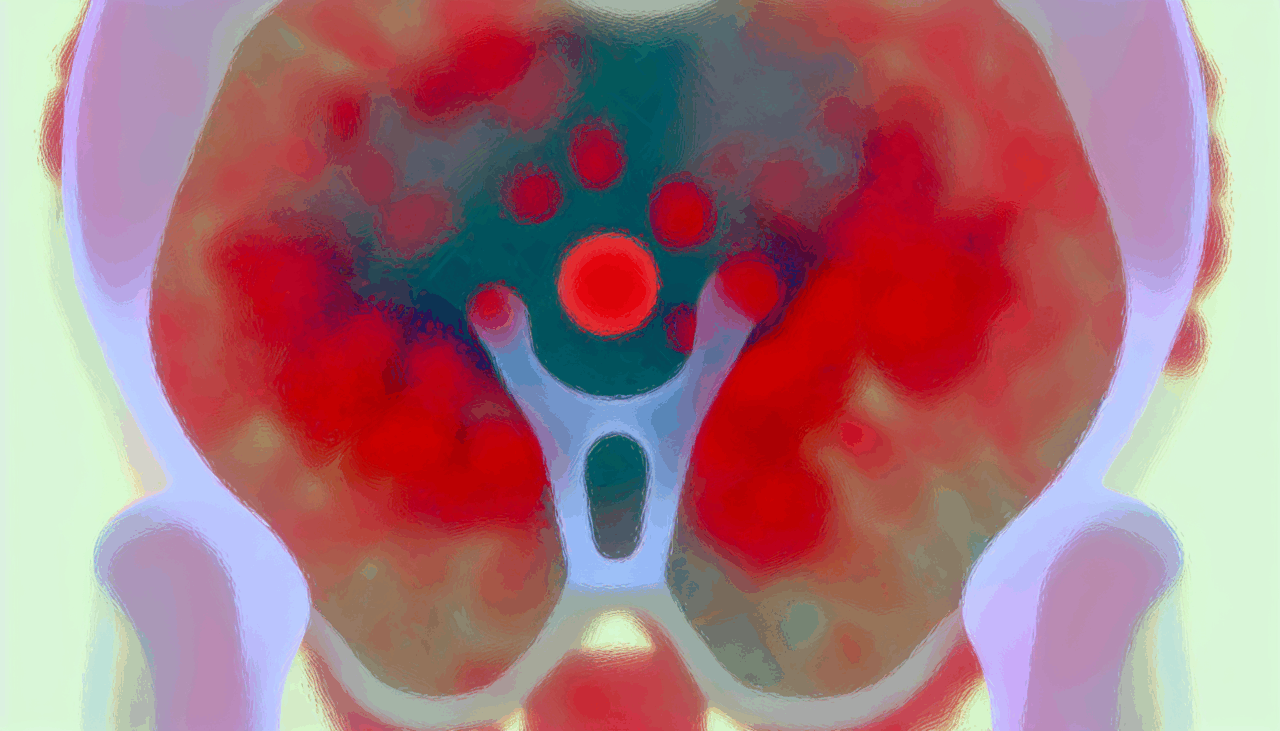Introduction to Muscle-Invasive Bladder Cancer
Muscle-invasive bladder cancer (MIBC) is a particularly aggressive form of bladder cancer, characterized by its invasion into the detrusor muscle layer of the bladder wall. MIBC accounts for approximately 20-25% of bladder cancer cases at diagnosis and is distinct from non-muscle-invasive bladder cancer (NMIBC), which remains confined to the bladder’s superficial layers. While NMIBC has a more favorable prognosis, MIBC often presents a high risk of local invasion and metastasis. With an estimated 550,000 new cases and approximately 200,000 deaths annually, bladder cancer ranks as the 10th most common malignancy globally. MIBC represents a significant clinical challenge due to its aggressive nature and high recurrence and progression rates.
Demographics and Risk Factors
The incidence of bladder cancer is notably higher in men than women, with a male-to-female ratio of approximately 3:1. The median age at diagnosis typically falls between 65–70 years, with incidence rates increasing with age. The overall five-year survival rate for MIBC remains below 50% for patients with localized disease, dropping to less than 15% in cases of distant metastasis. Radical cystectomy, often combined with neoadjuvant chemotherapy (NAC), is the standard treatment for MIBC; however, disease recurrence and progression are common even with aggressive therapy.
Smoking remains the predominant modifiable risk factor for bladder cancer, responsible for up to 50% of cases. Smoking exposes the bladder to carcinogens filtered from the bloodstream, substantially increasing cancer risk. Other major risk factors include occupational exposure to carcinogens, such as aromatic amines in industries like dye production and rubber manufacturing, chronic urinary tract infections, and previous pelvic radiation therapy.
Clinical Presentation and Diagnosis
Clinically, MIBC often presents with symptoms indistinguishable from other common urological conditions, such as urinary tract infections (UTIs) or benign prostatic hyperplasia (BPH), especially in men. The most frequent symptom is hematuria, which can be either gross (visible to the naked eye) or microscopic (detectable only through laboratory tests). Hematuria in bladder cancer is typically painless, which often leads patients to delay seeking medical attention. Studies indicate that approximately 85% of bladder cancer patients experience hematuria at some stage of their disease.
In addition to hematuria, other urinary symptoms are common but are often mistaken for benign conditions. Patients may experience dysuria, characterized by painful or burning sensations during urination, as well as an increased frequency of urination or a constant sense of urgency, which may not be proportional to the amount of urine passed. Some patients also report nocturia, waking up multiple times at night to urinate. These symptoms can be subtle and progress gradually, leading both patients and physicians to attribute them to less serious conditions, further delaying diagnosis.
Histological and Molecular Subtypes
Histologically, MIBC is predominantly classified as urothelial carcinoma, also known as transitional cell carcinoma. However, there are less common but aggressive histological variants, including squamous differentiation, micropapillary carcinoma, plasmacytoid carcinoma, and neuroendocrine carcinoma, each displaying unique histopathological features and distinct clinical behaviors that often correlate with poorer outcomes. Understanding MIBC heterogeneity is crucial for developing targeted treatment strategies and personalized care plans, since these variants can impact treatment selection and prognosis, presenting therapeutic challenges due to their aggressive nature and resistance to standard chemotherapy regimens.
Molecular subtyping has gained importance in guiding personalized treatment strategies for MIBC. Molecular subtyping allows clinicians to classify tumors based on specific gene expression profiles, providing insight into the biological behavior of the cancer and its likely response to different treatment modalities. Integrating molecular subtyping with traditional histopathological analysis enhances diagnostic accuracy and enables patient stratification according to their risk of recurrence and metastasis. This approach ensures that patients with high-risk subtypes receive the most aggressive treatments early in their disease course, which is critical for improving survival outcomes.
Challenges and Future Directions
Despite advancements in genomic profiling, the widespread adoption of molecular profiling is hindered by the high costs and limited availability of these technologies, particularly in resource-limited settings. As a result, there is an increasing need for alternative, more accessible diagnostic methods to predict molecular subtypes. In this context, histological examination combined with immunohistochemical markers, such as GATA3, KRT5/6, and p63, has been shown to reliably correlate with molecular subtypes and guide therapeutic decisions.
Future research in muscle-invasive bladder cancer (MIBC) should prioritize the validation of novel biomarkers to improve subtyping accuracy and reduce diagnostic variability, emphasizing multicenter studies for broad applicability. Integrating genomic data with histology and immunohistochemistry (IHC) can address the limitations of single-modality diagnostics, allowing a more complete characterization of tumor heterogeneity and enabling targeted therapy. The identification of new therapeutic targets, such as mutations in FGFR3 and HER2, remains critical, particularly for aggressive subtypes where innovative treatments are needed. Developing hybrid diagnostic protocols that incorporate histology, IHC, and molecular data could enhance accessibility while maintaining accuracy, especially in settings without extensive molecular testing capabilities.
Conclusion
MIBC represents a highly heterogeneous disease, with substantial variability at both histological and molecular levels. This heterogeneity manifests through distinct histological subtypes and molecular profiles, each with unique biological behaviors and clinical implications. Understanding these differences is critical for optimizing treatment strategies, as the various subtypes profoundly affect prognosis, therapeutic decision-making, and overall clinical outcomes. Incorporating histology and IHC into routine practice allows healthcare providers to make informed decisions about patient care based on accessible and reliable data. As more research validates the effectiveness of these markers for predicting molecular subtypes, histological and IHC methods are likely to become even more integral to the management of MIBC.
🔗 **Fuente:** https://www.frontiersin.org/journals/oncology/articles/10.3389/fonc.2025.1546160/full

